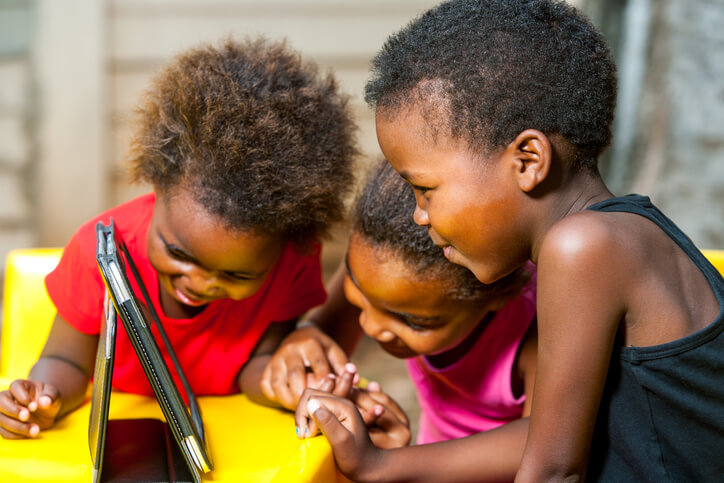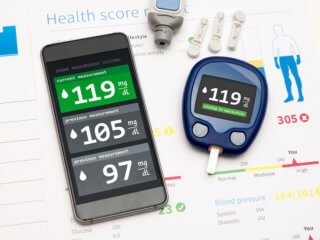Leveraging mHealth technology to create health equity
mHealth, an abbreviation of mobile health is medical and public health practice through the use of mobile devices. Mobile communication devices such as tablets, smartphones, and PDAs and wearables such as smartwatches are standard for health services information collection. mHealth technology is gaining momentum as new and innovative solutions to health problems are being developed by the developers and researchers.
Often enough, there have been cases of health disparities widespread across the world. Provision of health care and access to health care is determined by the racial, ethnic, and socioeconomic parameters.
A study by the Health Resources and Services Administration have shown that health inequity can be defined as “population differences in the presence of disease, health outcomes, or access to health care.” Health inequality is a common problem among the marginalized like the Africans Americans, Asian Americans, Latinos in the United States.
mHealth technology at its best
mHealth technology gained important application in developed countries, but in recent days, low-income countries have seen an increase in the use of mobile health probably as a result of the rise in the penetration of cell phones and other devices into the developing countries.
- An analyst firm in 2012 reported that more than 2.8 million patients in the world used a home-based monitoring device with integrated connectivity.
- The figure never included those that used devices connected to personal computers. The report also indicated that the use of integrated home surveillance systems was to grow to raise the annual growth rate (CAGR) of 26.9 percent from 2011-2017 that will upgrade the number of connections to 9.4 million.
Mobile technology has many merits including its availability, portability, and cost efficiency. The partnership between WHO and other organizations have integrated mobile phones in various applications in many countries worldwide.
| Recommended for you | |
| Mobile app to cure depression | |
| mHealth technology serving patients and citizens | |
| Health policy to deal with digital health prevention technologies |
mHealth outstanding services
mHealth has mainly used the short message service to spread mHealth information. Messages are sent directly to the recipient’s phone to teach them on various subject matters such as treatment methods, health services available, disease management, and testing methods. The SMS service offers confidentiality to the recipient in atmospheres where some diseases such as HIV/AIDS are taboo since it is unobtrusive. SMSs are also advantageous as they give accessibility to remote areas.
- In Kenya, a country known for mobile money transfer technology has developed a citizen enabling system that allows residents to access an application to help them determine the authenticity of local clinics and doctors. The user just sends a text bearing the name of the physician or hospital and an updated list of the professional details pop up. Also, the application shows a list of licensed medics and certified clinics with an indication of those near the patient.
- In Ghana, mobile technology has penetrated to the most remote areas, and the most valuable part of the fact is that it is rapidly bridging the health access disparities. Mobile Technology for Community Health (MOTECH) initiative is focused on improving maternal and child health. The initiative uses mobile phones for an increased access among rural women. The program also provides valuable information about service delivery and outcomes to Ghana Health Service.
In Nigeria, a program branded SMART gives strength to infants diagnosed with HIV; the program aims at reducing the test result time by more than a half. Almost every Nigerian district good mobile network coverage, this includes the remotest f them. SMART employs the service small battery-powered printers and mobile SMS technology; health care centers can print test results without necessarily using computers and the Internet.
Key points related to mHealth
- The MAMA SMS service in South Africa helps new mothers and pregnant women via a message-based toll-free short message service in accessing services provided in health facilities. Through SMS, the service supplies women with postnatal, baby care and pregnancy in their local language.
- On January 15, 2016, the Indian government launched a mHealth program that will train community health workers to reach the populous number of the rural Indian women by three years. The program is powered by MOTECH, a mobile health technology a development of Grameen Foundation supported by the Bill & Melinda Gates Foundation.
- Kikari, an application powered by MOTECH, directly call expectant women and provides critical health tips aimed at their stage of pregnancy. Mobile Academy, another program yet uses Interactive Voice Response (IVR) texts on phones to train health workers on maternal and infant health care. Accredited Social Health Activists (ASHAs) are appointed based on the village of service towards improving India’s maternal and child health.
- Reports from the ministry of health and health welfare of India show that rural areas in Madhya Pradesh are affected by 57 deaths in every 1000 births. Other two regions also register high mortality rates of about 285 maternal deaths in every 100000 births.
In the western world, especially in Texas, the Texas A&M University system chancellor, John Sharp with Senator Juan Hinojosa, launched an initiative “Healthy South Texas” to reduce preventable diseases along with their consequences in the region. The initiative incorporates the expertise of the Texas A&M Health Science Center with Texas A&M AgriLife extension services to reach and promote preventative health on a localized level to the community. This will significantly improve the well-being of South Texans for generations to come. The initiative has created various tools, events, and resources to help people live healthier. The activities range from the state’s premier athletic community conference, personalized health monitoring to a range of mobile applications.
Conclusion
Despite the slow advances in medical technology, clinical treatment and the delivery of healthcare services, mHealth have made significant strides as discussed in this article to help reduce the health care access disparities worldwide. We believed and hoped that the initiatives launched all over will work to the decisive in achieving the health equity objective.
Image credit: www.istockphoto.com

















